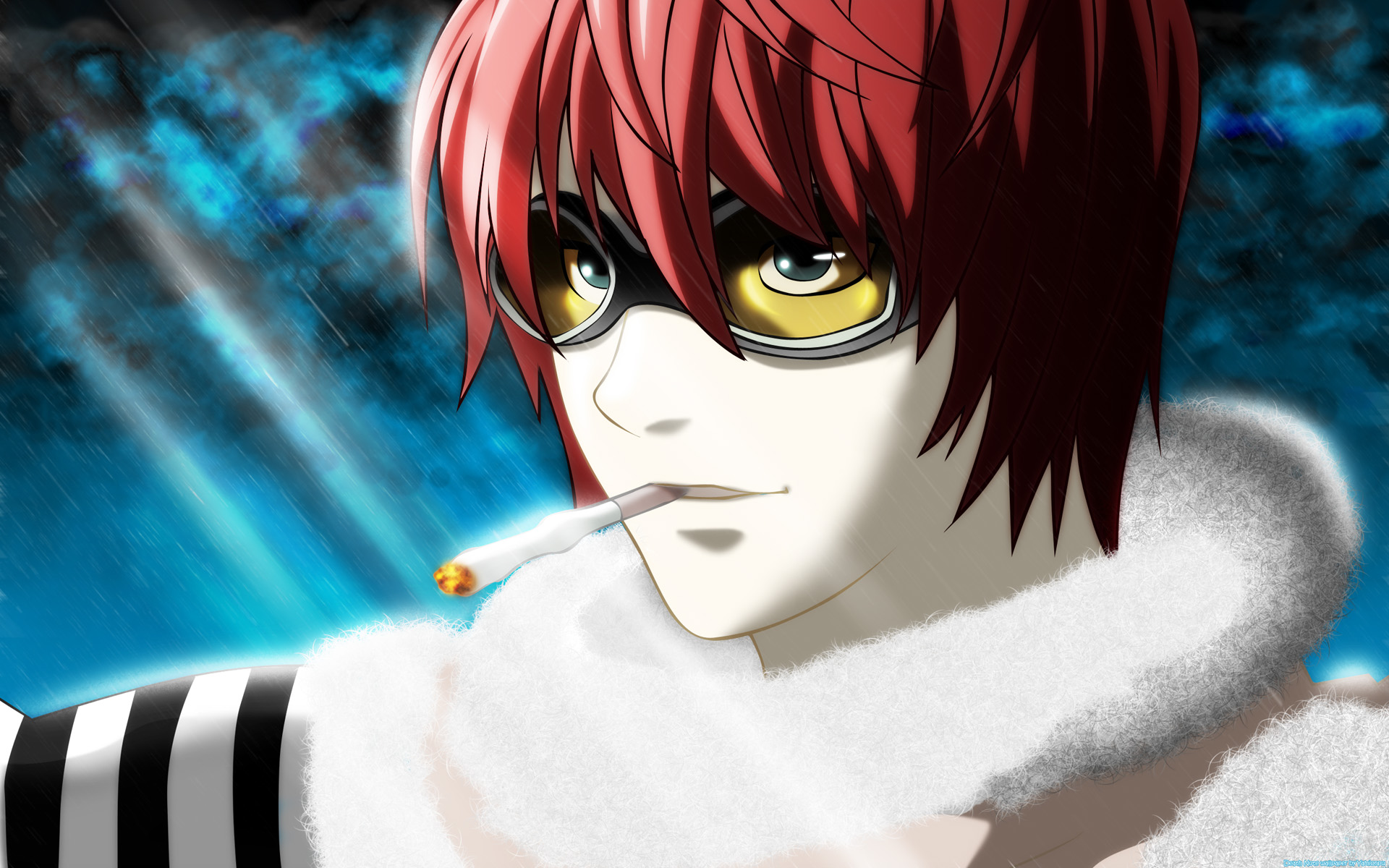

We had a lot of conversations about how to express it visually. Last Straw was inspired by themes of life and death, but it was created in a more ambiguous way, emphasizing the balance between the two. The music video stars Shino, a young actress attracting attention through her work in movies and social media.
Death note studio series#
Platinum End was based on the manga series written by Tsugumi Ohba and illustrated by Takeshi Obata, the team behind Death Note and Bakuman. The second season began in January 2022 and will come to an exciting conclusion in March! The song Last Straw was inspired by the problem ‘the straw that broke the camel’s back,’ while the music video portrays the struggle between life and death. The ending theme song for the anime series Platinum End will be officially released on February 16, 2022. The music video for Last Straw by Kuhaku Gokko was posted to YouTube on February 9. ©Tsugumi Ohba, Takeshi Obata/ Shueisha Inc., Platinum End Production Committee Combined with the thrilling ambience and dark undertones, it leaves the audience wondering just what this message could mean. At one point in the video, there is a message on screen which reads “I want to be happy”. The trailer mixes illustrations from the manga with beautifully animated scenes. Just one glance at this picture will leave you with more questions than answers and curious to find out more.Ī teaser trailer has also been released. Behind him, the godlike figure of Nasse shines brightly. He bears a brightly glowing red arrow poised at the ready yet goes unnoticed by the busy passers by. Mirai can be seen standing in the middle of a busy street. To celebrate the new anime series, a teaser visual featuring the main character Mirai Kakehashi and the angel Nasse has been unveiled. Over 4.5 million copies of the manga have been sold worldwide.The elite production team behind Platinum End consists of director Hideya Takahashi ( JoJo’s Bizarre Adventure, Golden Wind), character designer Kouji Ohya (No Game No Life) and series composition writer Shinichi Inozume ( PERSONA5 the Animation). Platinum End is a dark story built around themes of angels, gods, wings and flying, and arrows of different colours.

Platinum End has featured in the Japanese monthly shōnen manga magazine Jump Square since November 2015. Their manga Platinum End is going to get an anime adaptation which will premiere in Autumn 2021.

The creative duo behind these famous works are manga author Tsugumi Ohba and manga illustrator Takeshi Obata.

I can only surmise that it was altered to achieve the feel they were generally looking for in the anime.If you’re a fan of Death Note or Bakuman。, then you’re in for a treat. Unfortunately, they don't go into huge detail over the specific changes (except for Light's own characteristics), and particularly not over the ending.
Death note studio license#
Araki added that because of the importance of otherwise trivial details, the notes became crucial to the development of the series.Īs you can see, the director and organizer of the series seemed to agree that a slightly different feel was needed in the anime, so artistic license was taken. Due to the complexity of the original manga, he described the process as "definitely delicate and a great challenge." Inoue admitted that he placed more instructions and notes in the script than usual. Inoue added that the staff did not want to get involved with every single detail, so the staff selected elements to emphasize. Araki said that, because in an anime the viewer cannot "turn back pages" in the manner that a manga reader can, the anime staff ensured that the show clarified details. Inoue noted that, to best incorporate the manga's plot into the anime, he "tweak the chronology a bit" and incorporated flashbacks that appear after the openings of the episodes he said this revealed the desired tensions. They go on to speak about a few specifics, such as Light's presence in the anime versus in the manga, but in general they also speak about the logistics of converting the manga into an anime, which is a challenge itself: Tetsuro Araki, the director, said that he wished to convey aspects that "made the series interesting" instead of simply "focusing on morals or the concept of justice." Toshiki Inoue, the series organizer, agreed with Araki and added that, in anime adaptations, there is a lot of importance in highlighting the aspects that are "interesting in the original." (I don't have a link to an online version of this, I'm afraid.) He speaks a bit on why he made the creative decisions he did. The anime director of Death Note partook in an interview in November 2007 for an issue of Newtype USA. However, in the case of Death Note, there appear to be some unique specifics to their changes as well. I'll mention first that, like pointed out, there are some general reasons why an anime can differ from the manga. As a few people said in the comments, it appears to be artistic license.


 0 kommentar(er)
0 kommentar(er)
